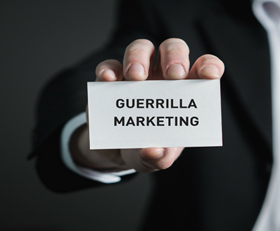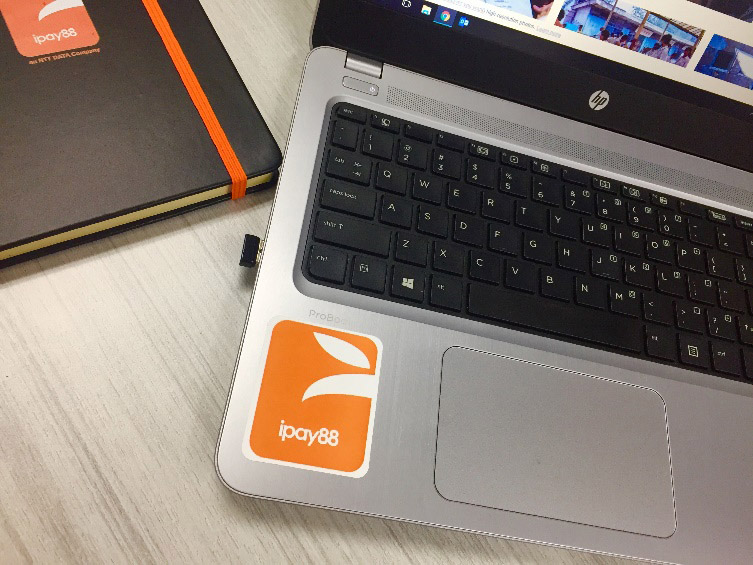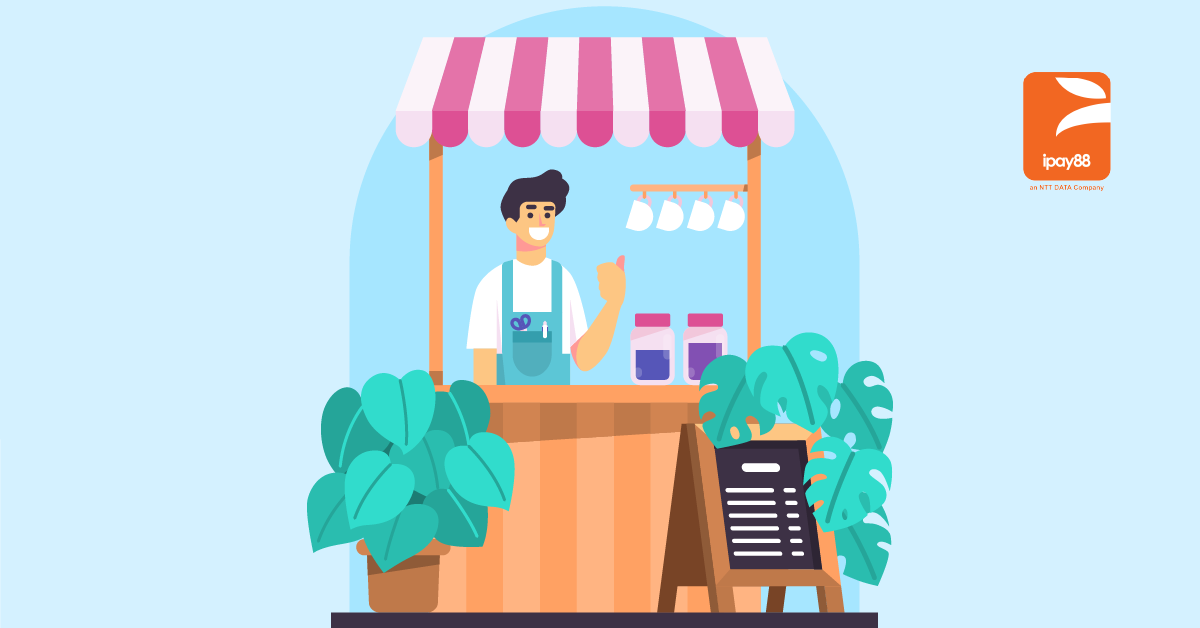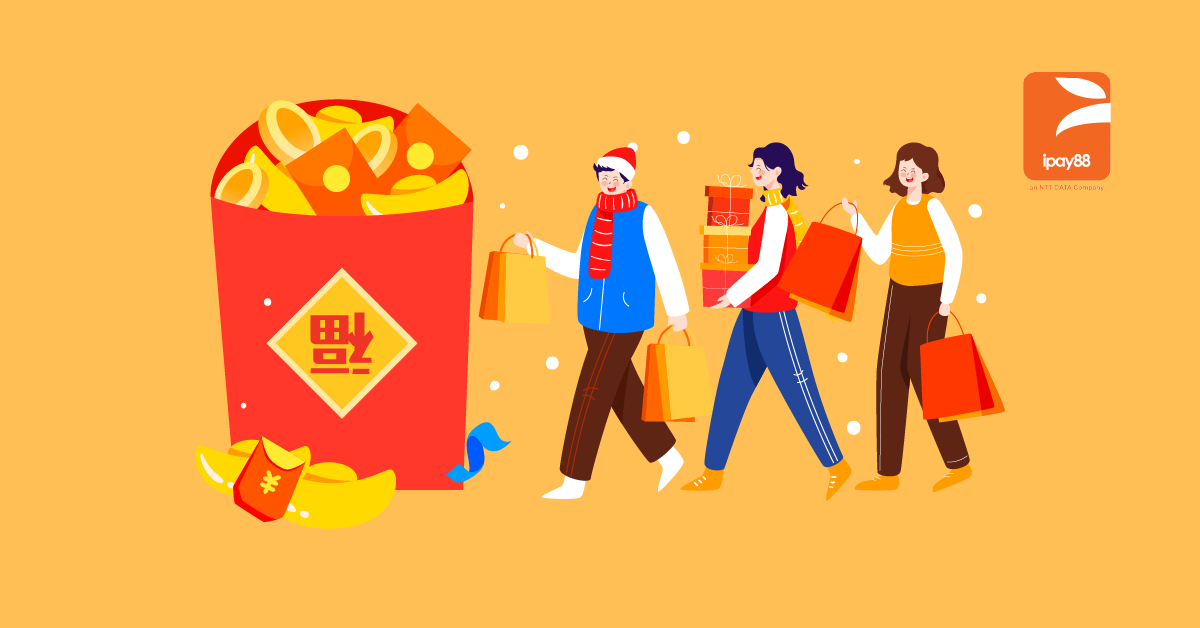
When we talk about marketing, usually you will hear SEO, social media, email, and PPC.
But you also need to remember that everything can become a potential marketing channel.
In simple terms, you need to take up an aggressive approach to promote your brand and make it visible, as well as well-known and recognisable all around. Let’s explore the guerrilla marketing ideas, examples, and tips to grow your offline business.
What is guerrilla marketing?
Guerrilla marketing is a dynamic and unconventional advertising strategy that relies on creativity, innovation, and a non-traditional approach to reach and engage target audiences.
Unlike traditional marketing methods that involve large budgets and widespread campaigns, guerrilla marketing focuses on creating memorable and unexpected experiences that captivate consumers’ attention. It often involves unconventional tactics, such as flash mobs, street art, or other disruptive activities, aiming to generate buzz and word-of-mouth publicity.
The essence of guerrilla marketing lies in its ability to create a strong emotional connection between the brand and its audience by breaking through the clutter of traditional advertising channels.
This approach is particularly effective for small businesses or those with limited resources, as it allows them to make a big impact without the need for extensive financial investments.
Successful guerrilla marketing campaigns leave a lasting impression and foster a sense of authenticity and creativity that resonates with consumers in a way that traditional advertising often struggles to achieve.
Guerrilla marketing example
One notable example of guerrilla marketing is the “Carrie” stunt executed by the television network TNT to promote their launch of the series “Push to Add Drama” in 2012.
In the streets of a quiet Belgian town, TNT set up a large red push button with a sign inviting people to “Push to add drama.”
When unsuspecting passersby pressed the button, a series of dramatic and chaotic events unfolded, mimicking scenes from action movies and TV dramas.
Emergency vehicles, bikers, fistfights, and even a woman giving birth on the street ensued, all orchestrated for the sole purpose of generating excitement and intrigue.
The entire event was captured on video and later shared online, quickly going viral. This guerrilla marketing campaign not only garnered widespread attention and media coverage but also effectively conveyed the network’s tagline, “We know drama.”
The success of the “Carrie” stunt highlights the power of guerrilla marketing in creating memorable experiences and sparking conversations, ultimately driving awareness and engagement for the brand or product being promoted.
Tips 1: Open a pop-up shop
To give you an idea about it, these are temporary stores that are easy to set up and take down. With these pop-up shops, you can now bring the point-of-sales to your customers directly by setting up a temporary physical store.
There are so many places that you could set up a pop-up shop such as shopping malls, bazaars, train stations, or even by collaborating with other brands.
With mPOS, you could even process different payment methods on the spot on your phone or tablet (all you need is mobile data and a phone with a Bluetooth connection). The note to takeaway is that the location of your pop-up shop is the key.
If you do it right, you could even negotiate the space for free and it could even be a part of tactical PR stunt.
Tips 2: Give free samples away
Everyone is always interested and sensitive to “Free” word
By giving out free samples, it is an easier way to get your product into the hands of customers. It will be a lot easier to sell the products to the people once they have tried them out themselves.
People love free stuff. Generally, when people are given free samples, they will take a few minutes off their time to listen/study about your product.
You could try this approach on a larger or smaller scale, by giving away samples at fairs or events attended by the right audience. You could even be a sponsor at big exhibitions such as lanyard or goodie bag sponsors to get more brand awareness.

Tips 3: Sticker Marketing
Impressions are not just about clicks – but also about what sticks!
Sticker marketing is an inexpensive way to generate more brand exposure outside there.
Some people will use stickers to stick on their bottles, laptops, notebooks, name cards, etc. You don’t need a large budget to produce stickers.
Once a sticker is in the hands of a customer, it becomes a marketing vehicle for your brand.
But, you need to remember that, if people don’t like your sticker, they won’t use it and it will go to waste.
Tips 4: Geo-fencing
Geo-fencing is a young and new technology that uses your smartphone’s GPS location to offer an advertisement if you’re in the target zone.
A very good example and I believe most smartphone users have the app Waze. Waze is a mobile navigation app that is used by more than 50 million users around the world.
And it’s not limited to Waze. Geo-fencing can be implemented across web 2.0 applications such as Google Maps, Instagram, Foursquare, and more.
GPS location enables us to show the right message, at the right time and, of course, in the right place.
Normally, when a driver stops the vehicle or is stuck in a jam, they will be shown nearby ads.
Geo-fencing marketing is still new and the biggest challenge for marketers in Malaysia is the slow adoption of digital and mobile channels, which makes them afraid of trying out this marketing method.
Tips 5: Create viral marketing
Quite frequently, viral marketing becomes a part of the tactic of guerrilla marketing plans, therefore it can be seen as either an included or a separate practice arena.
Viral marketing is a marketing technique that promotes a website or users to pass on a marketing message to other websites or other users. Viral marketing assumes that people tend to share interesting and entertaining content voluntarily.
Therefore, when you are creating viral marketing content, make sure you produce creative content that people will share and talk about.
One thing you need to remember is to aim to build up your branding instead of hard selling your products and services. People tend to get annoyed over this.
A good example you could learn from the past is the ALS Ice Bucket Challenge.
The campaign begins with people pouring a bucket of ice water themselves, recording them in a video, and tagging their friends to join along. This campaign is purely to raise awareness and raise funds.

Another good example that you could see in the past few months of 2017 is the fidget spinner that has taken the internet by storm.
The fidget spinner video has more than 5 million YouTube views and 110,000 searches on Google a month, so it’s worth taking note of this trend to see what we can learn from it.
Before the technology, the pace of the news cycle would go to the media roughly 24 hours before the story went old.
But now, with social media, the pace has been accelerated and news can spread even faster.
Balance out offline and digital marketing
With the marketing tips above, hope that you can note down a few points and apply them to grow your business offline.
In the world now, digital marketing is always more preferred method and more cost-efficient, but try not to forget about traditional marketing, either.
You will need to balance out between both marketing platforms and a company that has a good mixture of the two marketing strategies, will always have a wider reach compared to the one which only sticks to traditional marketing.
Come talk to iPay88 – South East Asia’s leading online payment gateway – on how we can grow your business together!





